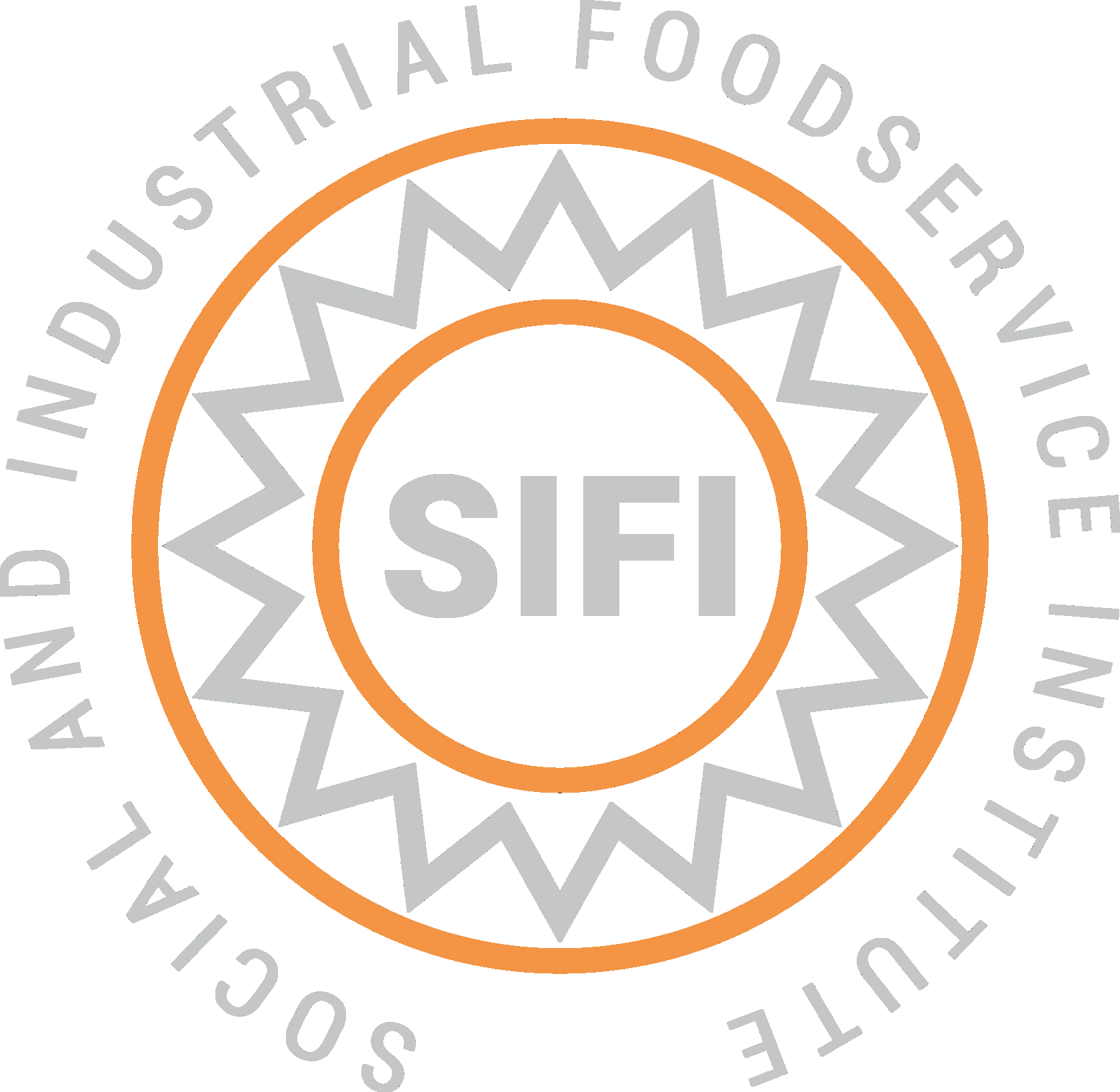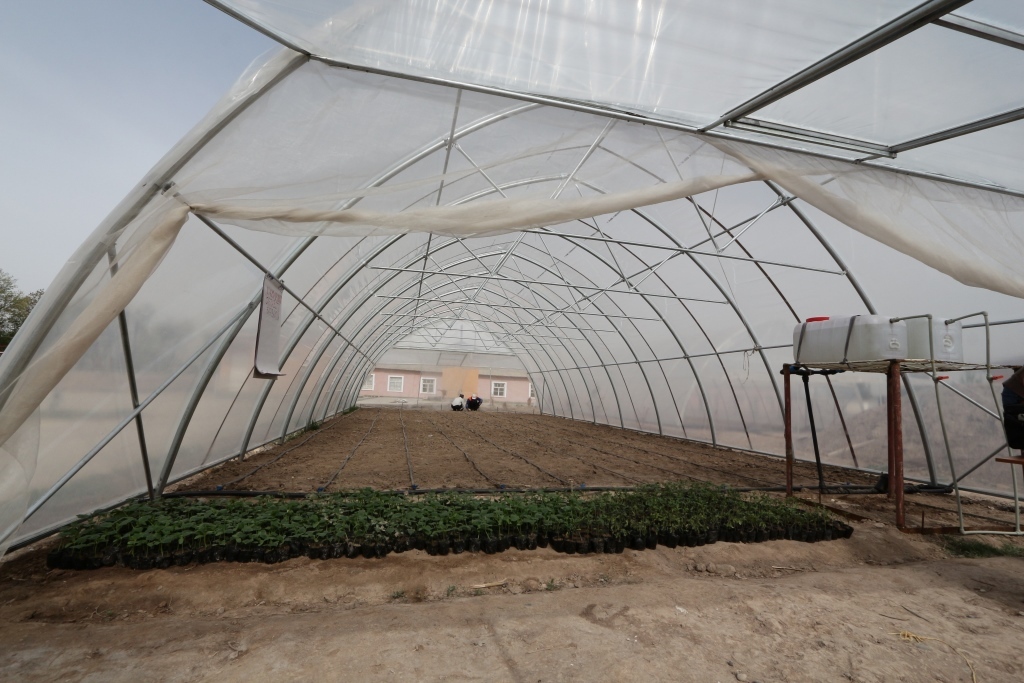22 unheated greenhouses with a drip irrigation system in 20 schools of the Khatlon Region.
Greenhouses
22 greenhouses in 20 schools of Tajikistan
- Greenhouses with drip irrigation system
- Trainings for school staff and workers
- Surpluses will be sold at the market for school benefit
When the school produces food products by itself
1999 - two years passed since the end of the civil war in Tajikistan. In the difficult economic situation, Tajikistan had become one of the poorest countries in the world, where the problem of persistent malnutrition among the population impeded the social and economic development of the Republic.
Children are those who need help in such situations in the first place. Therefore, the UN WFP decided to launch the project "Supporting Access to Education for Vulnerable Children". The project aimed to provide rural schools with a minimum set of food products: fortified flour, peas, vegetable oil and iodized salt. But these products were not enough for adequate nutrition of schoolchildren.
Children are those who need help in such situations in the first place. Therefore, the UN WFP decided to launch the project "Supporting Access to Education for Vulnerable Children". The project aimed to provide rural schools with a minimum set of food products: fortified flour, peas, vegetable oil and iodized salt. But these products were not enough for adequate nutrition of schoolchildren.
The Social and Industrial Foodservice Institute has been involved in the project since 2013. The Government of the Republic started to receive technical assistance in the establishment of the hot school feeding system: the necessary legal and regulatory framework was created, the Programme of pilot school feeding projects was successfully implemented in eight schools of two regions of the Republic — Khatlon and Sughd. The school canteens and kitchens were renovated, the new equipment was supplied. Staff responsible for organizing hot meals in the schools received special training.
Menus of schoolchildren should be nutritious and varied. This was difficult to achieve with the list of products from UN WFP. Therefore, in 2015 for the first time the menu for schoolchildren was replenished with fluffy aromatic buns produced by their own school mini-bakeries. Now pilot schools №1 in Roghun and №3 in Nurek of Khatlon Region produce fresh pastries for themselves and for neighboring schools.
But buns alone are not enough! It is necessary to supplement school menu with fresh vegetables and greens — irreplaceable sources of vitamins and minerals for a rapidly growing child's body. Children especially need micro and macro elements in winter and spring. Therefore, in 2016, we decided not to limit ourselves to bakeries and suggested FAO to establish greenhouses with drip irrigation at the schools' territory in order to grow vegetables and greens for school meals. FAO supported the idea.
As a result, we established 22 unheated greenhouses with a drip irrigation system in 20 schools of the Khatlon Region. Their construction does not require a lot of funds, and schools can independently serve the greenhouses after staff training.
Why Khatlon Region? It is located in the southern part of the Republic of Tajikistan — Kurgan-Tyube area. With regular irrigation and planting maintenance, the climate conditions allow growing agricultural products all year round, enhancing the nutritional value and benefits of school rations.
But buns alone are not enough! It is necessary to supplement school menu with fresh vegetables and greens — irreplaceable sources of vitamins and minerals for a rapidly growing child's body. Children especially need micro and macro elements in winter and spring. Therefore, in 2016, we decided not to limit ourselves to bakeries and suggested FAO to establish greenhouses with drip irrigation at the schools' territory in order to grow vegetables and greens for school meals. FAO supported the idea.
As a result, we established 22 unheated greenhouses with a drip irrigation system in 20 schools of the Khatlon Region. Their construction does not require a lot of funds, and schools can independently serve the greenhouses after staff training.
Why Khatlon Region? It is located in the southern part of the Republic of Tajikistan — Kurgan-Tyube area. With regular irrigation and planting maintenance, the climate conditions allow growing agricultural products all year round, enhancing the nutritional value and benefits of school rations.
| Project Scope Having studied the legislation of the Republic of Tajikistan, we realized that schools have the right to build greenhouses on school land plots. Moreover, they can sell surplus farm products and use the money for school purposes. We have taken into account that school principals, teachers and all those involved in working with greenhouses may have little experience in this activity. Therefore, we have developed Guidelines for the organization of production of vegetables in unheated greenhouses in the country's climate, and also trained employees of the schools, where greenhouses are established, in the basics of soil preparation, planting and handling of plants. |
Greenhouses - visual aid for students
Greenhouses on the school garden can be used not only for growing vegetables.
Greenhouses can serve as a great place for practical training on the subjects "The World Around You" and "Biology" for middle and high school students. After all, when the material is taught with maximum visibility — the subject under study can be viewed live, touched, observed — the knowledge is absorbed much better.
Greenhouses can serve as a great place for practical training on the subjects "The World Around You" and "Biology" for middle and high school students. After all, when the material is taught with maximum visibility — the subject under study can be viewed live, touched, observed — the knowledge is absorbed much better.
Primary school children can learn a lot here too. For this purpose we have developed Methodological handbook for teachers of grades 1-4 and Workbook with tasks and exercises for students.
During the interactive lessons children will learn to follow the rules of personal hygiene, learn what a healthy diet is, what they need to eat to always stay cheerful, energetic and perform well at school. Children will learn how to grow vegetables, how to care for them properly. In the greenhouse they will be able to see everything with their own eyes and record their observations in a workbook.
Work experience and practical tasks in greenhouses are always unusual and interesting, and the acquired knowledge and skills can be immediately applied by the students at home, when helping parents on their household plots.
During the interactive lessons children will learn to follow the rules of personal hygiene, learn what a healthy diet is, what they need to eat to always stay cheerful, energetic and perform well at school. Children will learn how to grow vegetables, how to care for them properly. In the greenhouse they will be able to see everything with their own eyes and record their observations in a workbook.
Work experience and practical tasks in greenhouses are always unusual and interesting, and the acquired knowledge and skills can be immediately applied by the students at home, when helping parents on their household plots.
More projects to elliminate hunger


